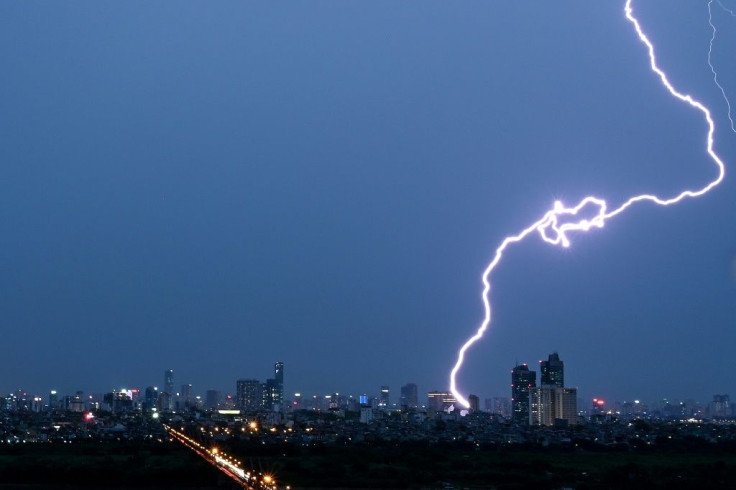Lethal Lightning Strikes That Killed Over 200 Expected To Get Worse
KEY POINTS
- Over 200 people in northern India have already died due to lightning strikes
- The deadly lightning strikes are caused by the current weather conditions
- Experts warned that the lightning strikes will continue due to climate change
The death toll caused by the lethal lightning strikes in India is continuing to increase. According to local experts, the deadly lightning strikes are expected to get worse due to extreme weather conditions.
On Saturday (July 4), almost four dozen people died in northern India after they were fatally struck by lightning. In the last 10 days, at least 147 people have already died in the region. Most of the casualties are from the northern states of Bihar and Uttar Pradesh, Fox News reported.
According to local authorities, 215 people have already died in the region due to the fatal lightning strikes. Most of those who died were farmers, cattle grazers and rural laborers.
Sunitha Devi of India’s Ministry of Earth Sciences attributed the high death toll to the current weather conditions in the affected areas. According to Devi, intense monsoon rains are delivering more frequent lightning storms in Bihar and Uttar Pradesh.
Also, due to the current weather, farmers are spending more time outside to work in their fields. They become more susceptible to lightning because the water in their paddy fields attract electricity.
"This year, the number of lightning incidents and lightning deaths is more frequent over Bihar and eastern [Uttar Pradesh] because the region is seeing intense monsoon rain quite early in the monsoon in June. In previous years this region usually didn’t receive such rains in June,” Devi told the Hindustan Times.
“Because of good rainfall this year in June, farmers are out in the field farming,” he continued. “Paddy field water also attracts electricity and farmers on the field act as conductors of electricity from the thunderstorm.”
According to local officials in India, the deadly lightning strikes could become more frequent due to the extreme weather conditions. Experts warned that the effects of climate change on the environment are causing global temperatures to rise.
The experts identified this factor as the primary driving force behind the frequency of lightning strikes.
“I was informed by weather experts, scientists and officials that rising temperatures due to climate change is the main cause behind the increasing lightning strikes,” Lakshmeshwar Rai, the disaster management minister of Bihar, told AFP.

© Copyright IBTimes 2024. All rights reserved.





















